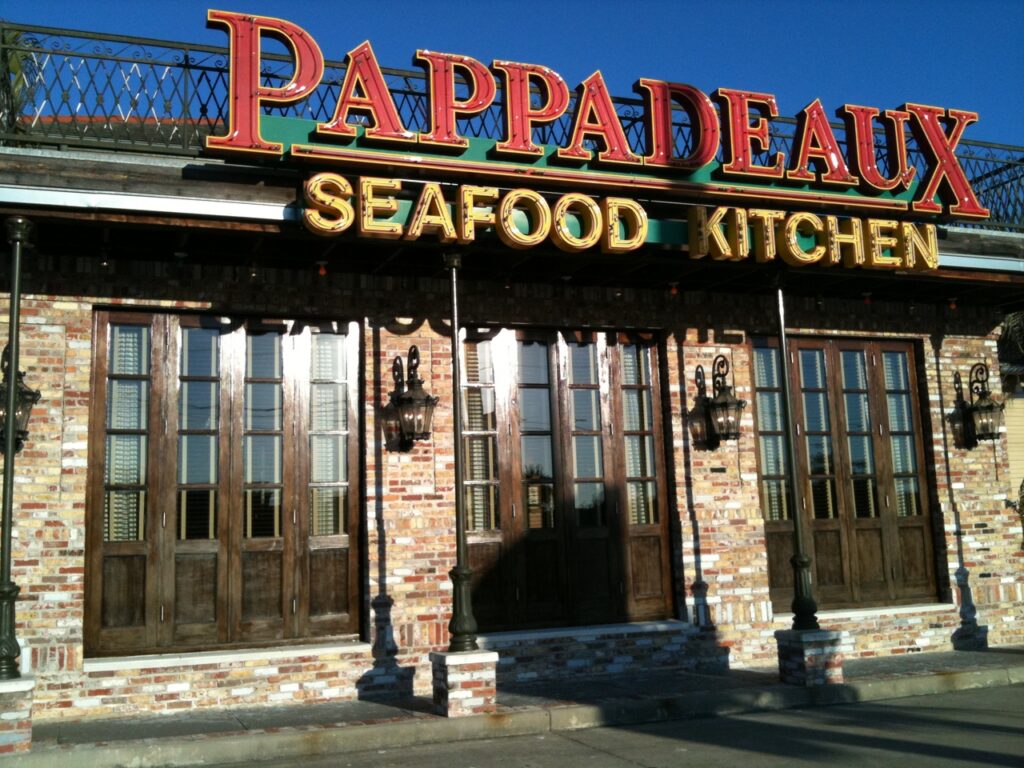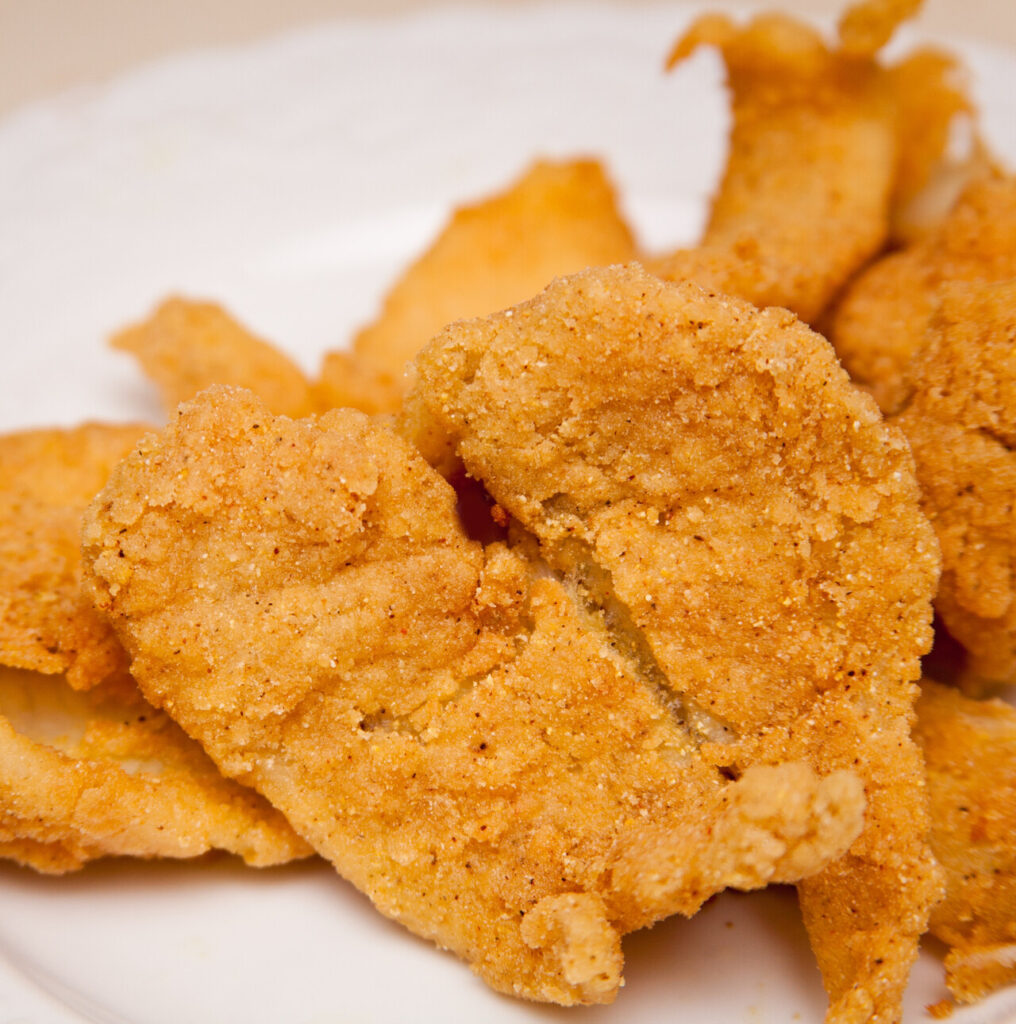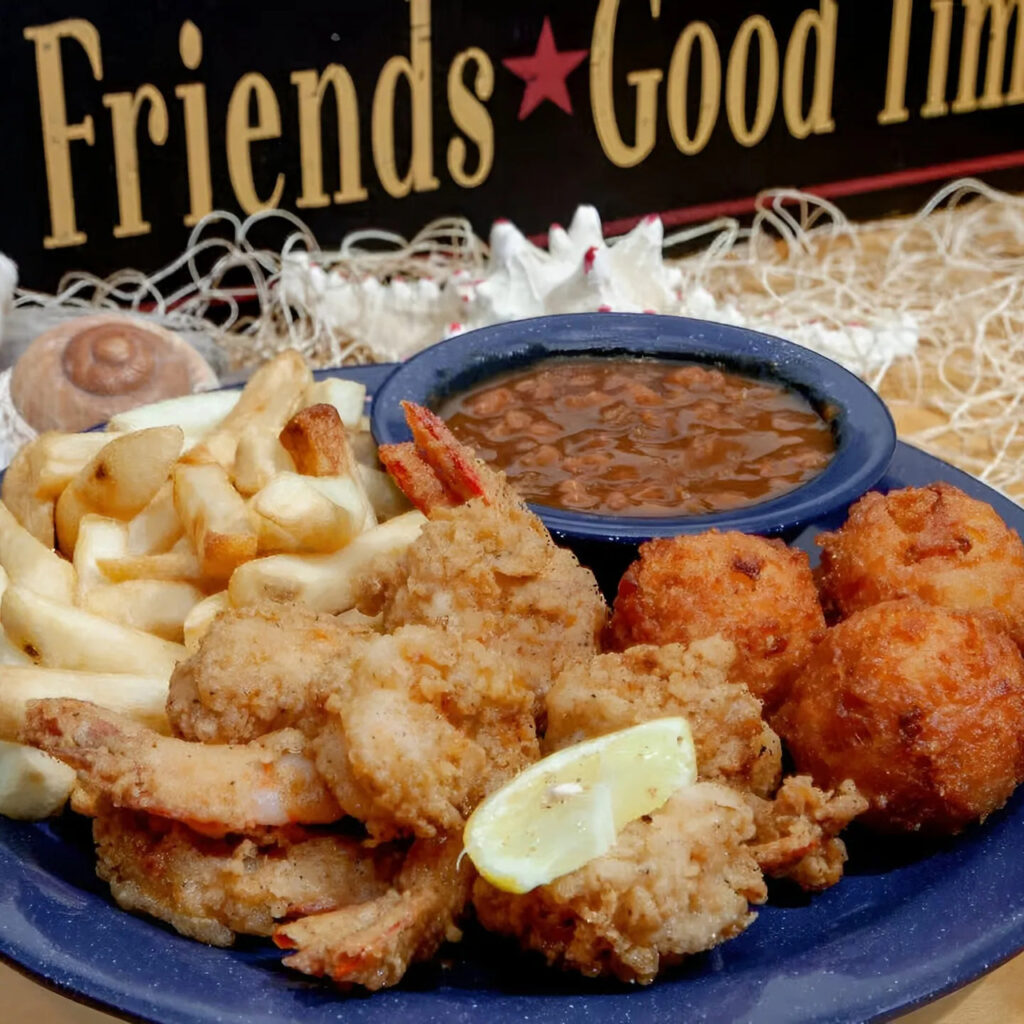8 Restaurant Chains With the Best Fried Catfish

Fried catfish is one of those dishes that quietly defines American comfort food. It’s humble but deeply satisfying, and when done right, it bridges casual dining and pure Southern indulgence. Across restaurant chains, chefs approach it differently; some lean on old-school cornmeal crunch, while others polish it with modern seafood precision. What unites them is a shared respect for texture, seasoning, and that golden balance between crisp and tender. These spots prove that a perfectly fried catfish doesn’t need white tablecloths to feel special.
1. Cracker Barrel

Cracker Barrel’s fried catfish reads like a comfort story because it trusts the basics: well-sourced fillets, a confident dusting of cornmeal, and enough hot oil to crisp without greasing. The cornmeal gives a crunchy, slightly gritty texture that contrasts with the fish’s flakiness. Execution matters: the oil must be hot enough to create an instant crust so the fillet cooks through before moisture can soften the coating. Cracker Barrel pairs the fish with traditional sides, coleslaw, hush puppies, and mashed potatoes, so the whole plate tastes intentionally Southern rather than a single fry station gimmick.
2. Pappadeaux Seafood Kitchen

Pappadeaux treats fried catfish as a signature seafood moment, not a side thought. They emphasize high-quality fillets and a batter or cornmeal that’s light enough to let the fish’s texture and sweetness speak. The chain’s kitchens use strict fry temperatures and short cook times to avoid drying, and they often finish the fish with a squeeze of citrus to add brightness. The result is a fillet with a crisp shell and a tender interior that feels restaurant-grade.
3. Texas Roadhouse

At a steakhouse like Texas Roadhouse, fried catfish needs to stand next to ribs and steaks, so the approach is unapologetically bold. The crust leans toward a coarse cornmeal for a more aggressive crunch, and seasoning is straightforward but assertive; salt, pepper, and often a light cayenne or paprika for warmth. Fillets are portioned to hold up under heat and last-minute finishing touches like a butter baste or lemon wedge. The method creates a satisfying contrast in texture that pairs well with rustic sides such as fries or seasoned vegetables. If you want that steakhouse finish at home, choose thicker fillets and don’t skimp on resting the fried fish briefly on a rack to keep the crust crisp.
4. The Boiling Crab

The Boiling Crab’s reputation rests on vibrant flavor and theatrical service, and their fried catfish reflects that ethos. While the chain is best known for sauced boils, its fried offerings aim for boldness, generous seasoning, a crunchy outer shell, and an interactive presentation. The cooks lean into oil temperature control to achieve a sear that traps juices. Spices or a finishing dusting can add heat or umami, echoing the strong flavors customers expect. In practice, the lesson is simple: match the seasoning intensity to the rest of the menu so the fried fish feels cohesive. A dusting of aromatic salt or a quick herb garnish lifts the plate into something that reads both casual and refined.
5. Copeland’s of New Orleans

Copeland’s approaches fried catfish with a regional point of view; the catfish is made to be punchy enough for a po’boy but delicate enough for a plated entree. That balance comes from choosing fillets with good flake and using a cornmeal or light batter that crisps quickly without masking flavor. In a sandwich, the bread, sauce, and pickles matter as much as the fry; for a plate, the sides and finishing salt do. The chain’s preparation underscores an important idea: for fried catfish to feel elevated, the supporting components must be considered.
6. Louisiana Charlie’s

Louisiana Charlie’s keeps the focus on dependable technique, properly seasoned cornmeal, controlled frying, and sensible portioning, so the catfish has both texture and a clean, fresh taste. The chain’s consistency matters, especially for regional customers who expect a specific Southern profile: crunchy exterior, flaky interior, and a side or two that complements rather than overwhelms. For cooks trying to emulate that at home, attention to fillet thickness and gentle handling before and after frying pays off. Rest the fish briefly on a wire rack, not paper, to preserve crust integrity and avoid steaming the coating.
7. Uncle Buck’s Fishbowl & Grill

Uncle Buck’s highlights how a straightforward cornmeal crust and meticulous frying technique can produce distinctly good catfish across multiple locations. The chain’s kitchens emphasize clean oil, consistent temperature, and a simple seasoning mix so the fish’s clean flavor comes through. The crust is textural, not cloying, letting diners taste both the sea and the fry. For home replication, use a coarse cornmeal blend, a thermometer to keep oil steady, and a finishing squeeze of lemon. These small technical choices explain why a simple cornmeal crust can read like a chef’s decision rather than a shortcut.
8. David’s Catfish House

David’s Catfish House leans into the regional tradition of catfish dinners: golden fillets, straightforward seasoning, and homestyle sides. The chain’s strength is consistency: fillets are fried to a specific color and texture that signals doneness and avoids dryness. Portion sizes and plating echo the home-cooked feel, which is part of the appeal; diners aren’t chasing novelty but expect reliable, nostalgic flavor. For a similar result at home, choose fresh or properly thawed fillets, use a seasoned cornmeal or flour mix, and time your frying so the inside is flaky while the exterior is distinctly crisp. Serve immediately for the best texture.





